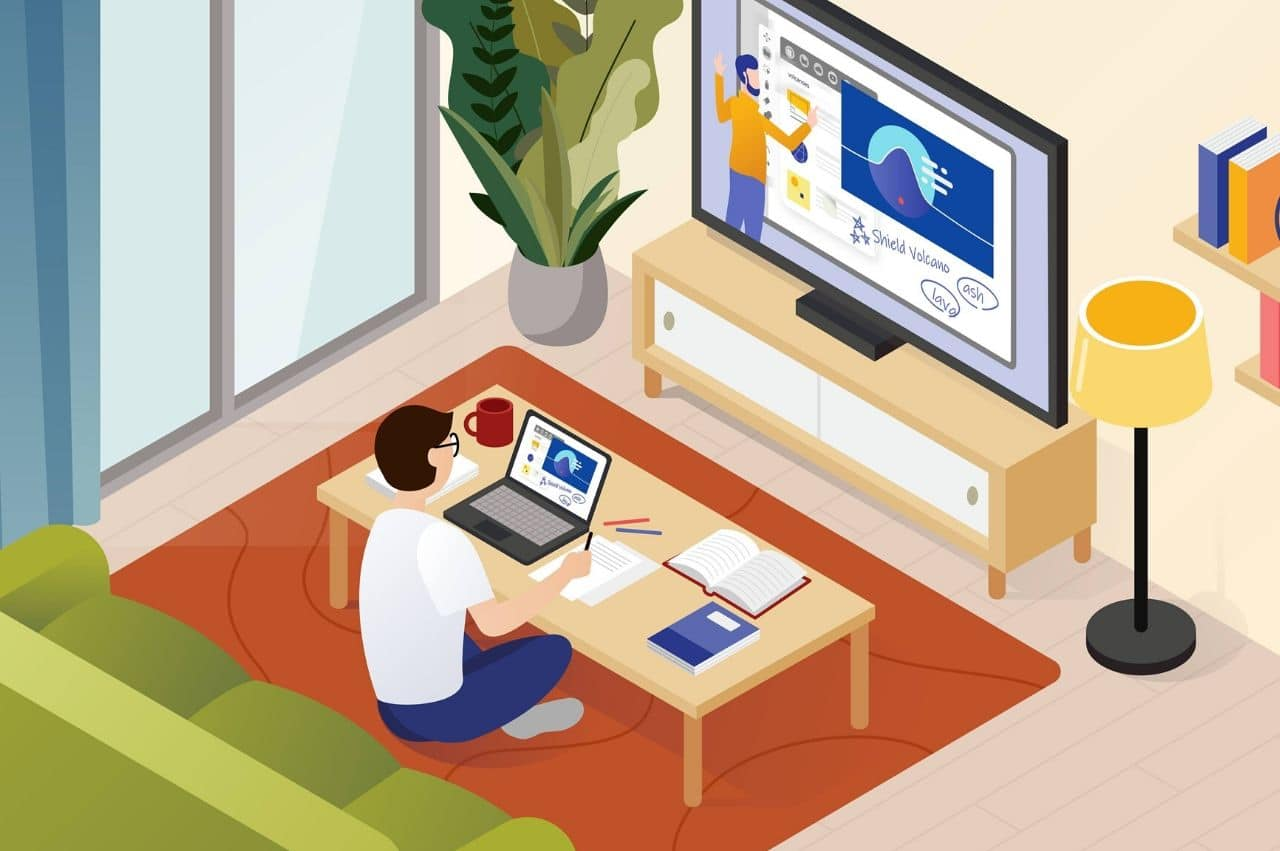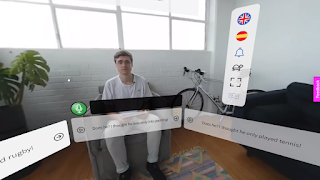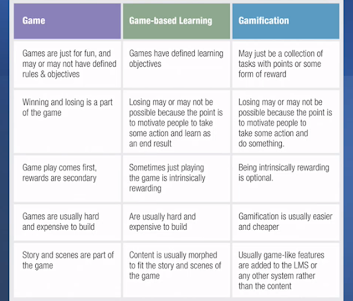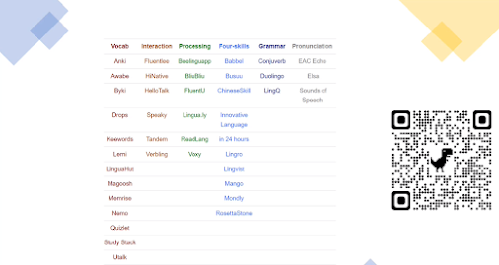Open and Distance Learning

Firstly, I apologize for uploading the assignment a bit😅 late. It took me a while to understand the assignment since I missed the first class...... In the classes I attended we learned about how digital resources can be selected. While choosing the materials the teacher should be careful with content (e.g. not showing pride flag, religious symbols, terrorist symbols, violent content, etc.), availability of technology-internet, and pedagogical development. The teacher should focus on the authenticity of materials, appropriateness (age, level, background), interactivity, and receiving feedback. In our lessons Cemil hoca occassionally reminds us about the digital resources for our English lessons such as 5 Minute English, EFL Magazine, ISL Collective, Engoo, ClassTools. For writing skill-based activities through 2.0, the teacher suggested Google Docs, Ethepad, OneNote, and Dropbox paper. For listening and speaking skill-based activities, we discussed Flipgrid, PowToon, Vyond, and A...





